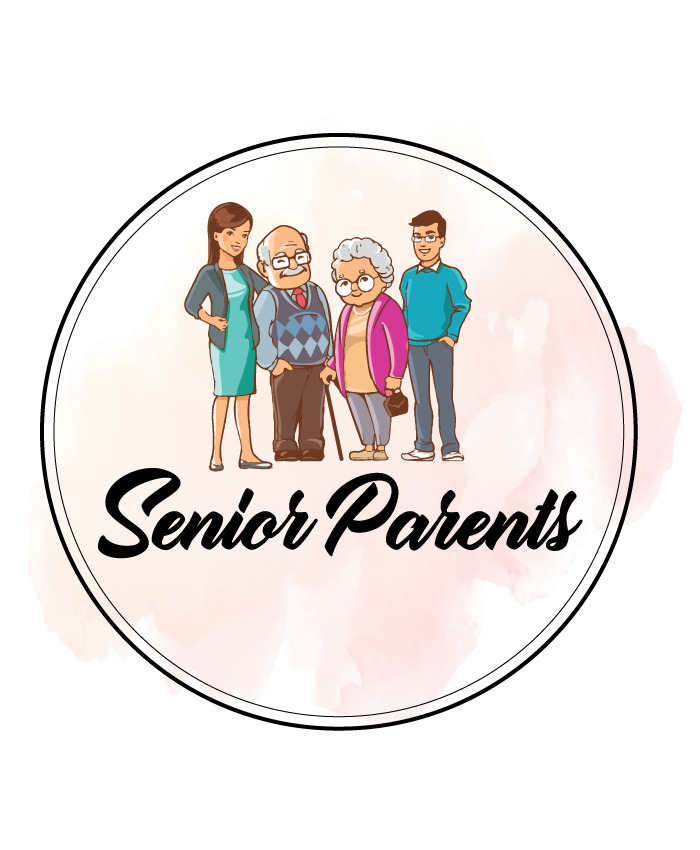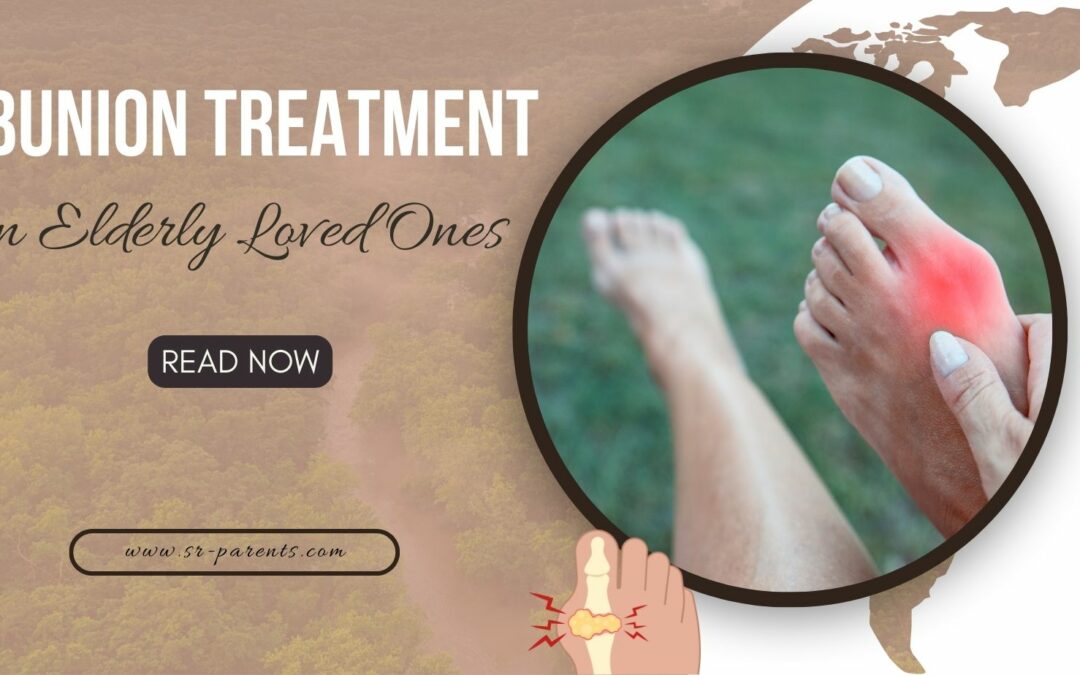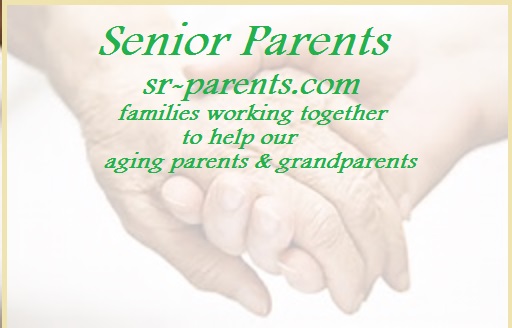As someone suffering from bunions, I searched high and low for help with my problem. I Googled several bunion treatments and different ways to prevent bunions. I even consulted several specialists to help with my bunions. From this, I can write all the tips I will list below. I did this to help my fellowmen suffering from bunions.
Contents
Bunion Treatment in Elderly Loved Ones
Definition of Bunions
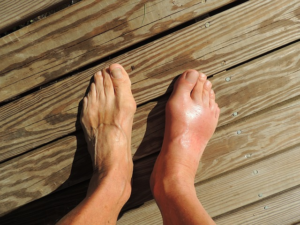
Causes of Bunions
1. Genes
2. Choice of Footwear
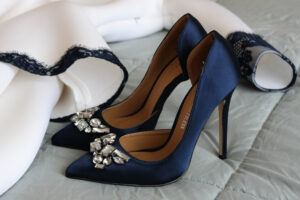
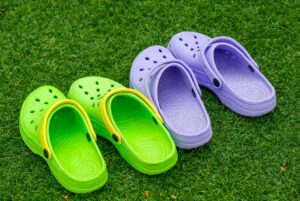
3. Foot Stress
Excessive stress on your feet may cause bunions. The reason for this is due to the pressure on the foot or joint structures. There are several activities that tend to increase the risk of bunions. Some of these activities include dancing especially ballet. Or any activity which provides extra pressure on your toes.
Different Ways of Preventing Bunions
As the saying goes, prevention is better than cure. If you don’t have bunions, it must stay that way. Here are some tips for preventing bunions that you should know by heart.
1. Choose the Appropriate Footwear
2. Maintain a Healthy Weight
3. Stretch and Exercise your Feet
4. Consult a Professional Early On
Tips for Looking for Footwear
What to Avoid
Narrow Shoes
Wearing High Heels
Tight Shoes
Shoes With Poor Arch Support
Shoes With Tight Straps
Try avoiding stitching in your toe area to avoid any irritation or friction. As much as possible, your toe area should always be free from anything that might irritate you.
What to Look For
A Wider Toe Box
The Perfect Fit
Low Heels or No Heels at All
A Shoe That Has Arch Support
Great Cushion Support
Flexible Materials
Shoes With Adjustable Straps
Quality and Durable Shoes
1. Wear the Appropriate Shoes
2. Apply an Ice Pack
3. Take Over the Counter Medicine
Bunion Treatment – Consult a Professional
If you want to choose the perfect shoe for you, consult a professional. A professional can provide the perfect shoe for all your needs. It might be expensive initially, but it will prevent you from buying more shoes. Consulting a professional is also needed if the pain is debilitating, In rare cases, a professional is needed when bunions prevent you from doing normal activities. Surgery might be needed in extremely rare cases, but that’s only for the extreme cases of bunions. If you practice good feet care and maintain a healthy body, you will greatly reduce the chances of such.
Last Few Words from the Author
FAQs in Bunion Treatment and Preventing Bunions
Are bunions fatal?
No, bunions by themselves are not fatal so no need to worry. Bunions are a common foot problem that affects the big toe joint.
Although they might cause some pain and discomfort (Yikes!) they are not life-threatening.
How do people get bunions?
Generally, people get bunions due to genetics, footwear, and foot stress. People who have a family history of bunions are more likely to get them. Your choice of footwear also contributes to getting bunions. Wearing shoes with a narrow toe box can cause extreme stress on your toes. While certain activities cause foot stress that may lead to bunions.
Can I cure my bunions?
You can’t reverse or cure bunions. Once you have them, it will likely grow over time. But thankfully, most bunions don’t need surgery. There are certain shoes and medicine that you can take to help with the pain.
How do I prevent bunions?
There are several ways in preventing bunions and they are:
- Wearing the appropriate footwear
- Maintaining a healthy weight
- Consulting a professional
Can I still have a normal life with my bunions?
Absolutely! There are millions of people with bunions all over the world who have amazing lives. Amy Adams, Amal Clooney, Katie Holmes, and Oprah Winfrey are just some of the few people who have bunions.
If you want to join a community centered on helping elderly loved ones, then please check out our other social media platforms for a wealth of valuable resources, support, and meaningful connections. We understand the importance of fostering a caring environment where we can come together to share experiences, seek advice, and assist those who have dedicated their lives to caring for our elderly family members.
On our social media platforms, you’ll find a vibrant community of like-minded individuals who are passionate about improving the lives of our elderly loved ones. Whether you’re a caregiver, a family member, or simply someone who wants to make a positive difference, our online community offers a safe and inclusive space where you can connect with others who share your goals and values.
